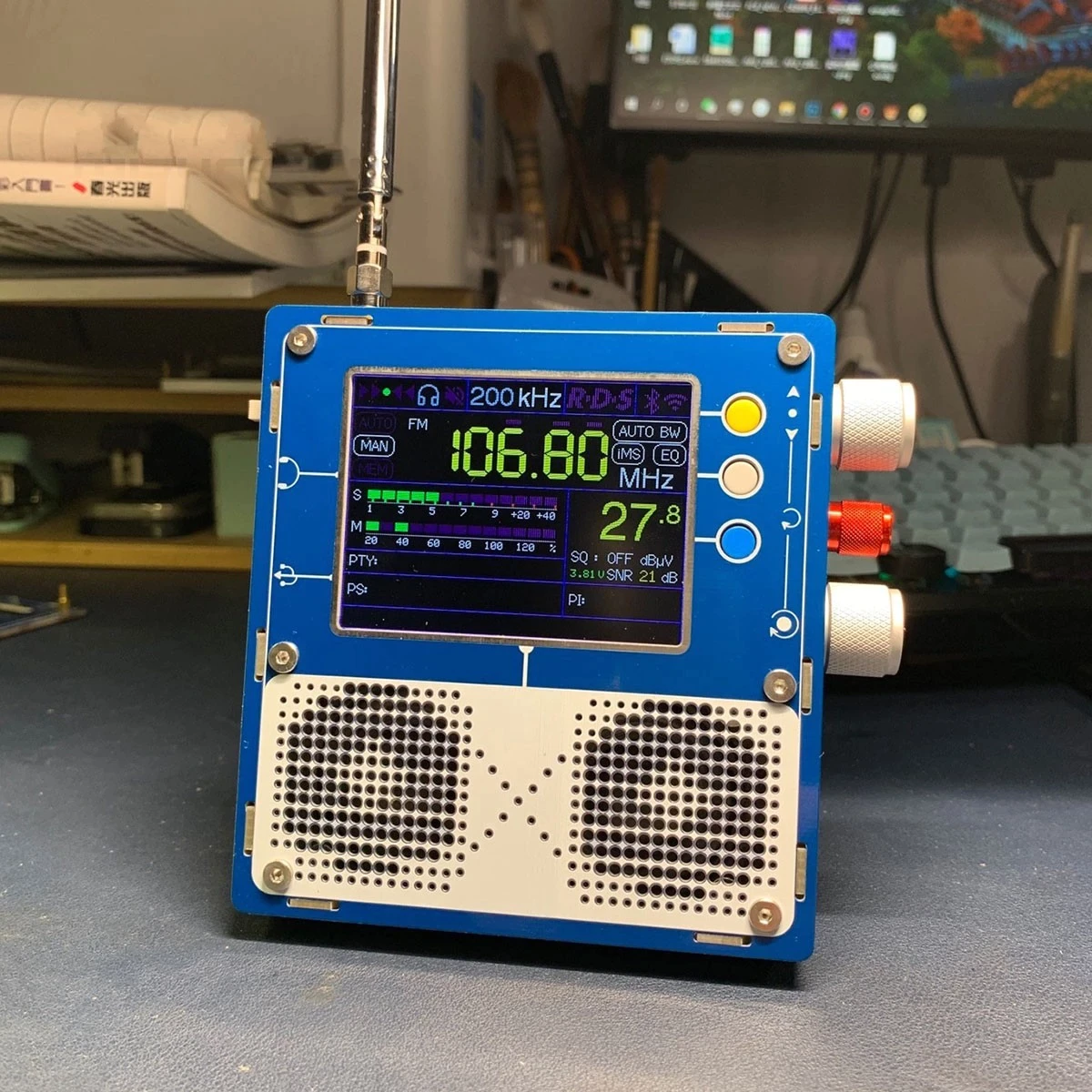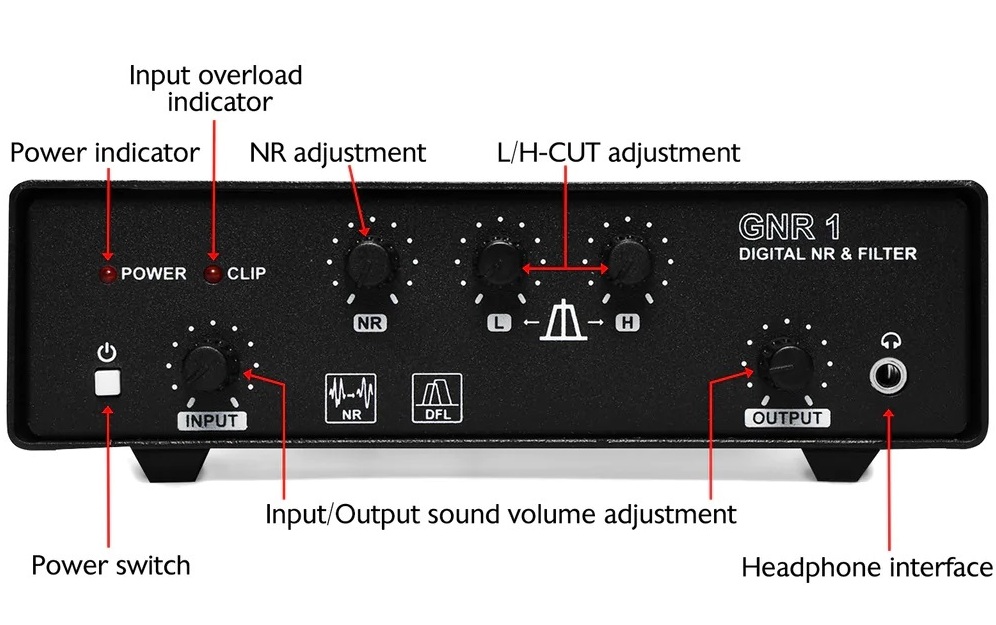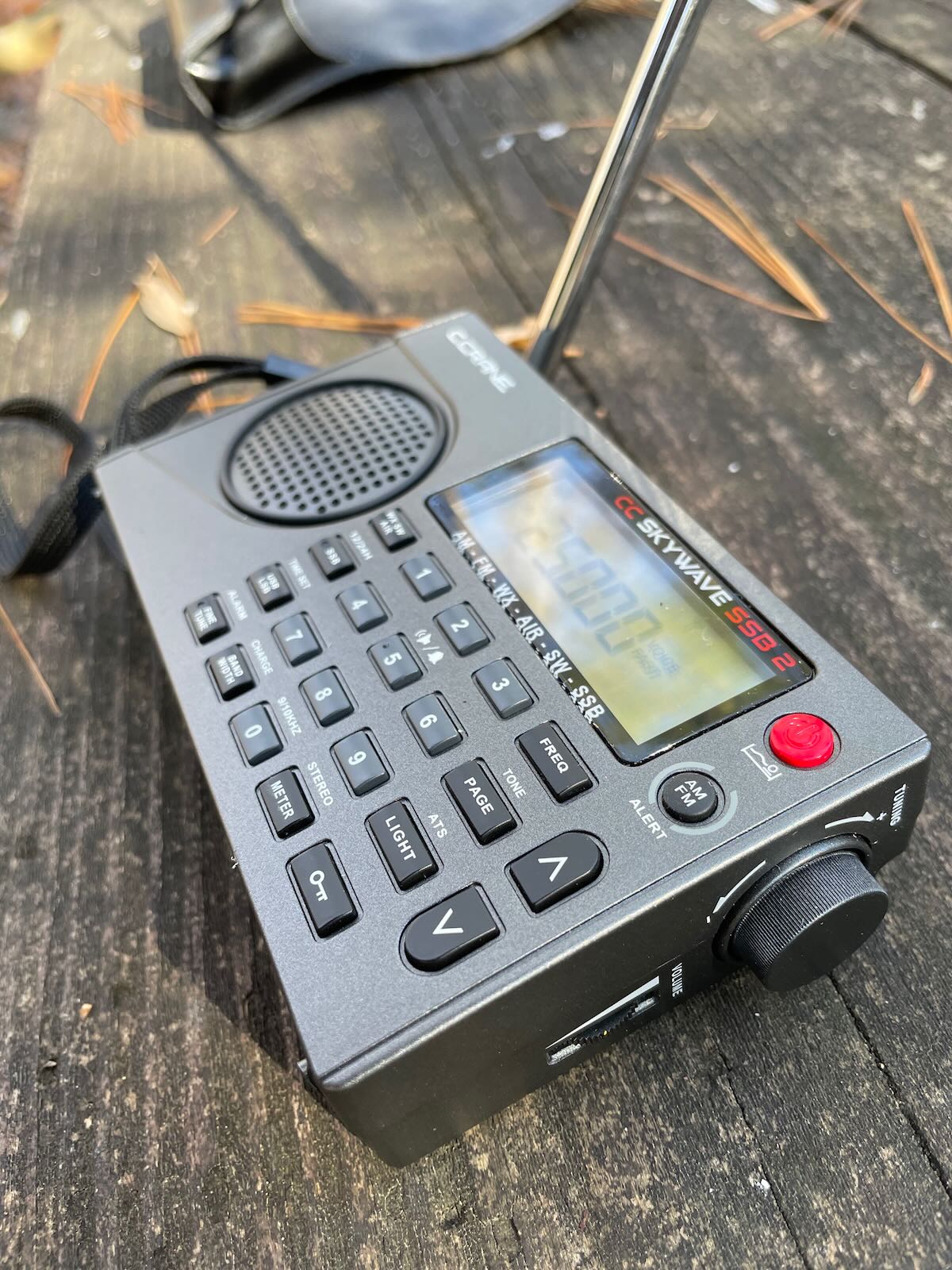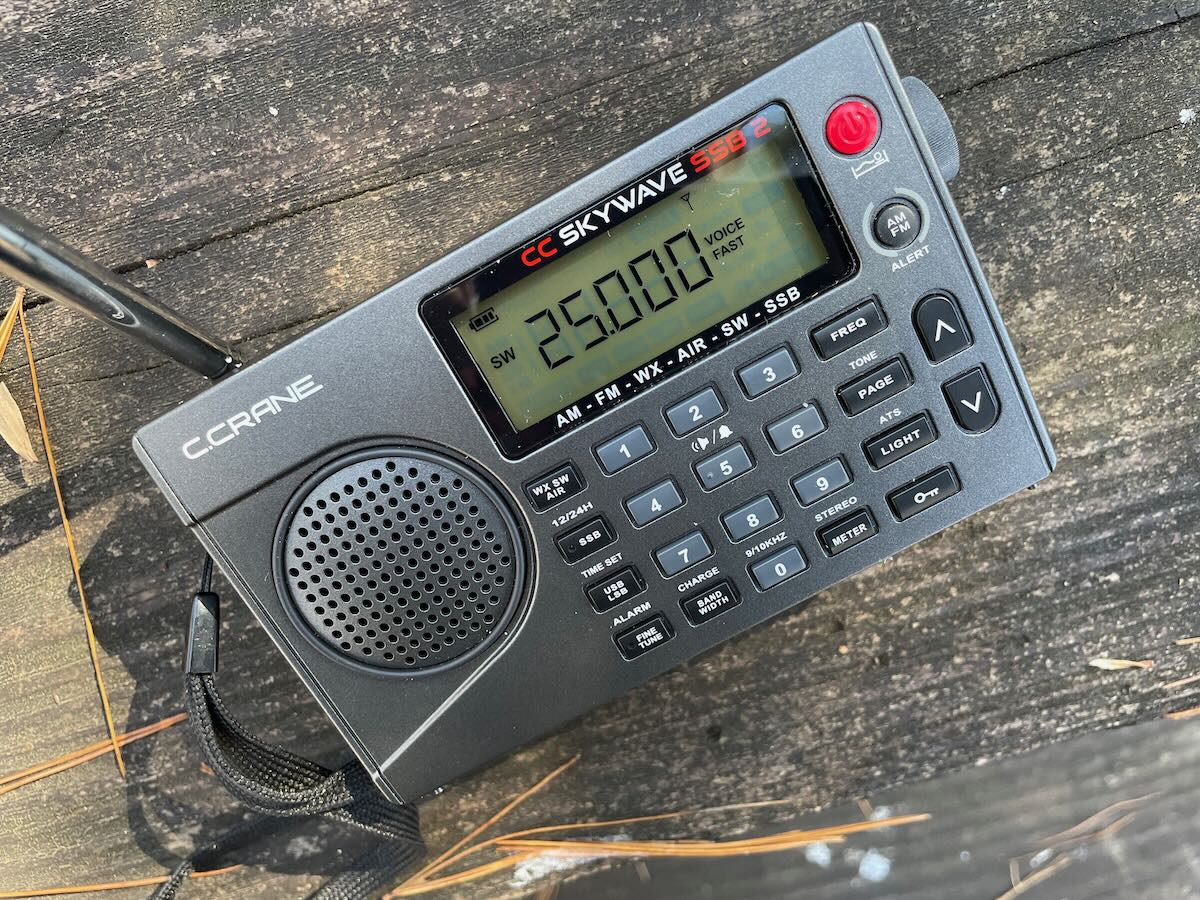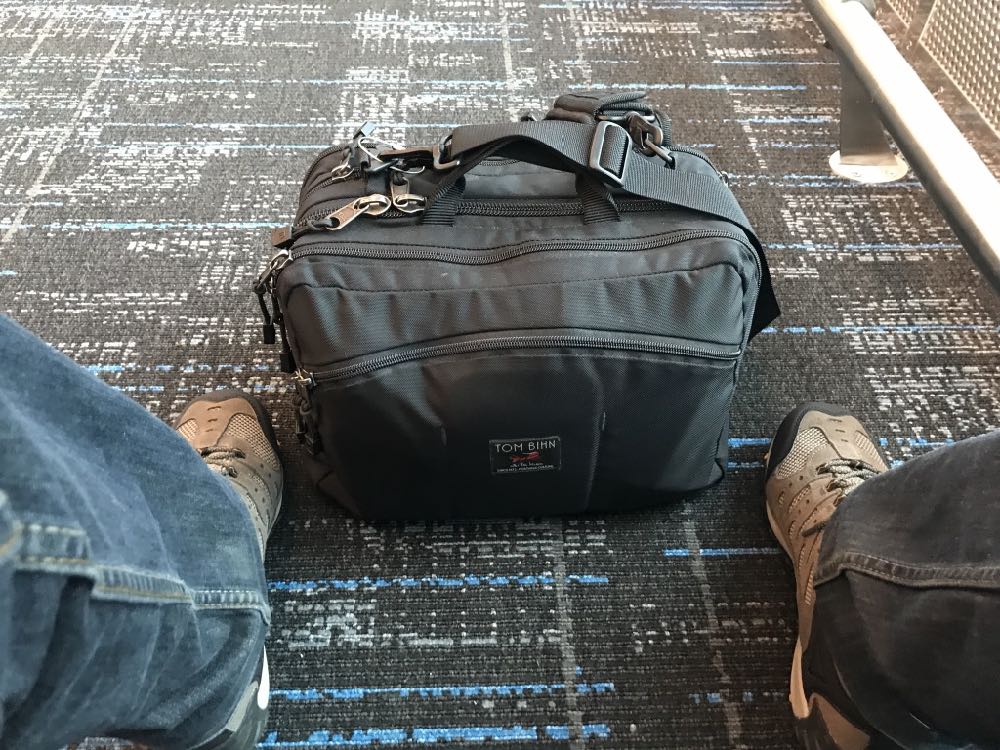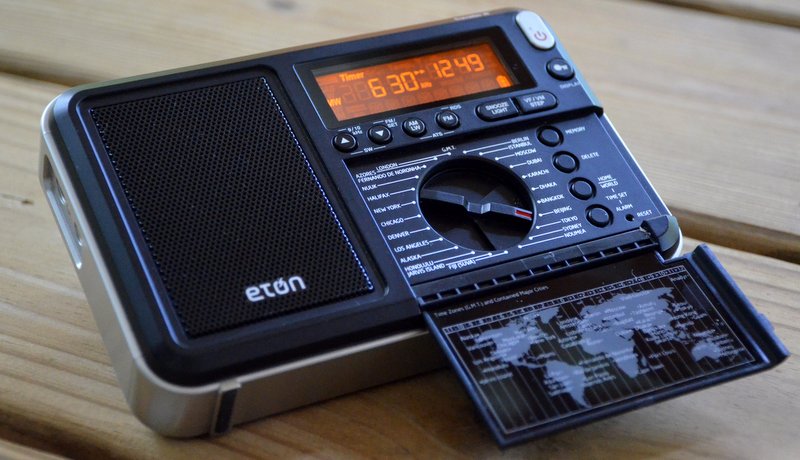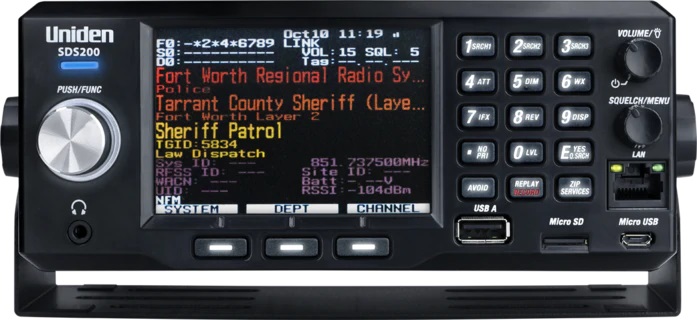
By Jock Elliott, KB2GOM
A while back, Thomas, SWLing’s Maximum Leader, told me the scope of the SWLing Post is “shortwave listening first, then all things radio.”
As a fan of “all things radio,” when conditions on the shortwave and HF ham bands are awful, frequently I will turn on a scanner (or two) to monitor local VHF and UHF communications.
So why scan? Here are a few of my reasons.
First, scanning increases my enjoyment of communications monitoring in general. Communications monitoring is about hearing stuff, and the more I hear, the better it is. Depending upon current events and/or changes in location, I alter the types of communications services that I scan. For example, when I visited Sodus, NY, I monitored maritime frequencies to hear the activity on Lake Ontario. At another location, I might monitor the local air traffic controllers. When an ice storm passed through the area, I monitored first responders.
Second, “content DXing.” The content that can be heard on scanners is, on occasion, astonishing. Without doubt, I hear things on a scanner that I can hear nowhere else. To name just a few:
- planes (airport air traffic control and VHF inflight communications),
- trains (yes, railroads use radios),
- automobiles (where I live State Police communicate on unencrypted analog frequencies);
- fire and emergency first responders;
- police (if not encrypted);
- VHF and UHF ham bands,
- business communications.
When confronted with all the different kinds of difficulty in which people can find themselves (particularly on the first responder frequencies), I find myself giving thanks for how nicely undramatic my life usually is.
Third, monitoring public service communications – fire, police, and emergency first responders – increases my awareness of what’s going locally and that, in turn, can be useful in avoiding trouble spots or traffic problems.
Forth, scanner listening can be opportunity to pray for folks who are in trouble. About a month ago, I was monitoring fire and EMS frequencies when I heard a transmission from an ambulance to a local hospital: “We are inbound with a 14-month-old male found unresponsive in his bed, performing CPR, attempting to establish airway.” Heartbreaking.
If you think you might be interested in a scanner (and I have no commercial interest with any scanner company or retailer), the type of scanner that you will need depends on the sophistication of the communication systems in your area and the kinds of communications that you want to hear.
If you are in the United States, I recommend consulting the Radio Reference database click on the NEAR ME button and follow the prompts. The database will show you what communications are available in your area and what communications systems are involved. If, for example, the database indicates the local Sheriff frequencies are “Project 25 Phase 1,” you will need a scanner capable of receiving P25 Phase 1 communications. If, however, the local Fire and EMS frequencies are labeled FM or FMN, the most basic level of scanner will be capable of hearing those communications. If the Radio Reference database indicates that some of your local communications services are encrypted, you won’t be able to hear encrypted communications with any scanner.
If you find this all a bit confusing, there are retailers who specialize in scanners, and they can help you figure out what you need, and, if necessary, pre-program a scanner for you. (Again, I have no commercial affiliation.)
Finally, there is a fifth reason why I scan: public service. I use four scanners routinely as part of the Commuter Assistance Network. One scanner monitors the local VHF NY State Police frequencies; another is locked onto the UHF frequencies used by the NY State Police on the New York State Thruway; a third scanner sweeps through three national emergency frequencies and a couple of regional interoperability frequencies, and the fourth scanner monitors first responder frequencies for Rensselaer County here in New York State.
In the end, perhaps scanning can open the door to increased enjoyment of your communications monitoring and “all things radio.”
 Many thanks to SWLing Post contributor, Arun Kumar Narasimhan, who shares the following announcement:
Many thanks to SWLing Post contributor, Arun Kumar Narasimhan, who shares the following announcement:
